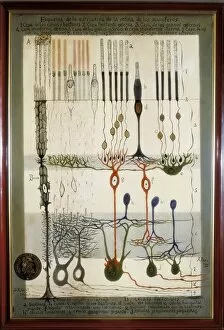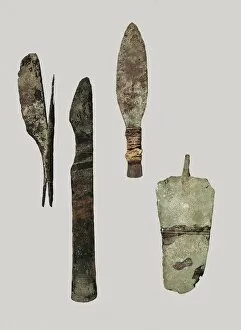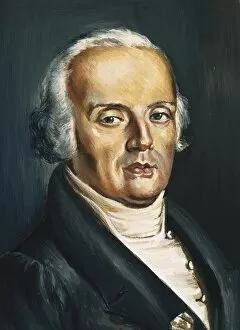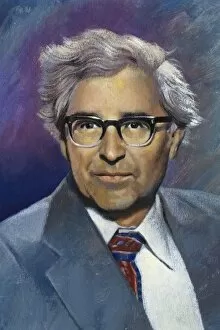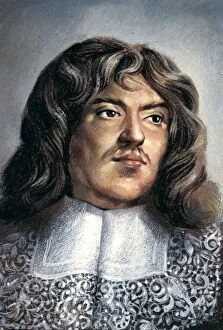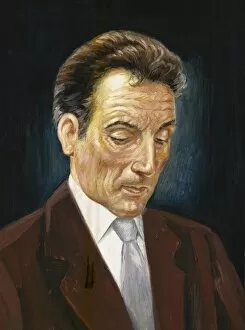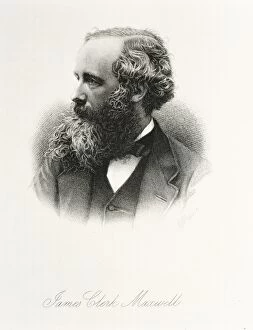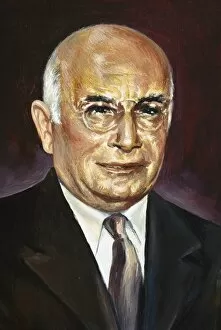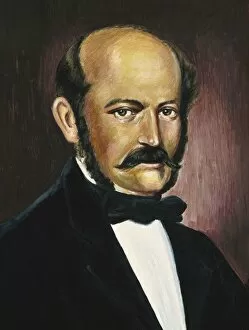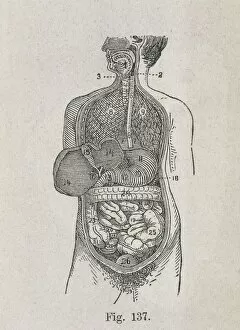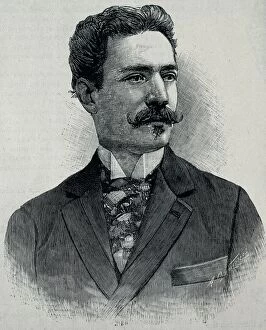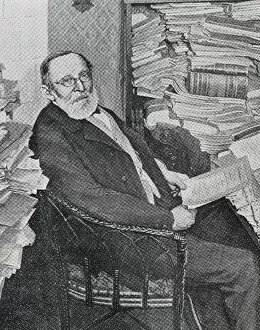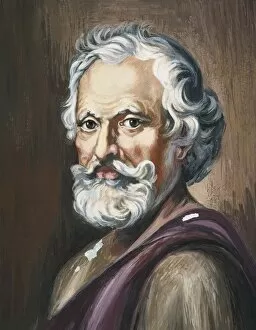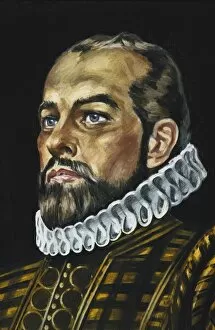M X9929 Cas Collection
"M x9929 CAS
For sale as Licensed Images
Choose your image, Select your licence and Download the media
"M x9929 CAS: Unveiling the Intricacies of Mammalian Retina through Histological Diagram" Step into the fascinating world of mammalian retinas with this histological diagram, showcasing the intricate structures that enable vision. From ancient Egyptians' bronze surgical instruments to modern-day breakthroughs by brilliant minds like Maxwell and Frank, this caption takes you on a journey through time. Scottish theoretical physicist James Clerk Maxwell (1831-1879) revolutionized our understanding of light and electromagnetism, paving the way for advancements in optical sciences. Meanwhile, German physician Johann Peter Frank (1745-1821) made significant contributions to medical knowledge and practice during his time. Delving deeper into history, we encounter Egyptian surgical instruments crafted from durable bronze. These artifacts reflect the ingenuity and skill possessed by ancient civilizations in their pursuit of healing arts. British radio astronomer Anthony Hewish (1924) played a pivotal role in discovering pulsars—highly magnetized rotating neutron stars emitting electromagnetic radiation—a groundbreaking revelation in astrophysics. Dutch naturalist Antony van Leeuwenhoek (1632-1723), often referred to as "the father of microbiology, " pioneered microscopy techniques that allowed him to observe microorganisms for the first time. His observations laid the foundation for countless scientific discoveries thereafter. French physicist Frédéric Joliot-Curie (1900-1958), together with his wife Irène Joliot-Curie, made remarkable strides in nuclear physics and artificial radioactivity research. Their work earned them a Nobel Prize in Chemistry in 1935. Alexis Carrel (1873 - 1944), a French surgeon renowned for his pioneering work on organ transplantation and tissue culture techniques, pushed boundaries within medical science while Hungarian doctor Ignaz Semmelweis (1816 - 1865) championed hand hygiene practices long before their significance was recognized widely.

